With all these patterns in the Earth's sky figured out, we returned to the ancient artifact that also helped launch our unit. There were so many obvious patterns on the artifact that we just couldn't control sharing what we figured out! Way to go 5th grade...you'll never look at the sky the same way again!
|
Between both 5th grade classes, we answered the majority of questions that we asked to launch the unit! It's always a sense of accomplishment when we've figured out so much! Way to go 5th graders!
From our anchoring phenomena (a sun that never sets, photos of the moon and sun out together, and various maps of the nighttime sky), we have figured out A LOT! Our model tracker is complete!!! Way to go 5th grade!
With all our research, we decided it was time to present all our findings! Between our individual research on specific "patterns in the sky" questions we had and our group assigned constellations, we went to work! And boy, did we figure out a lot from one another!
Room 307's Individual "Patterns in the Sky" Presentations Room 306's Individual "Patterns in the Sky" Presentations Now that we've figured out patterns with the Sun, the Earth, the Moon, and even other stars, students have wanted to know more about the constellations that appear yearly in the sky!
We took our model that we built and are doing some research to help us better understand more about these star groups that show up yearly! We've even decided that the 3D printer in our classroom would help us show these constellations, so we're going to figure out how to use that, too! Now that we've figured out patterns with the Sun, the Moon, and the Earth, we're curious if there are other patterns that exist with all the other stars that are out there! Using some research, we identified some visible constellations from the northern hemisphere (where we live) and figured out when we see them (like during which months). We know that the Earth makes a trip around the Sun in one year, and that each of the twelve months in our calendar makes up a certain number of those days each. With our research, we pinpointed when we see each constellation, uncovering that we see most constellations during multiple months. From there, we figured out that over the range of months the constellation is seen, we could place the constellation in the middle of that range. Lo and behold, we built out a map of when we see the various constellations, and also uncovered that every year, at the same exact time, we see the same constellations! Another pattern yet again! We're really curious about all the stars that make up each of the constellations, so we'll be digging deeper to do some research. Before long, we'll be putting all the pieces together about all these patterns we've figured out in the sky!
We started to put together the ideas that something that's farther away appears smaller than something that's closer. In terms of stars, this also means that something will appear dimmer when it's farther away, even if it's bigger. We took to using the technology we have available to help us collect some tangible evidence to support our thinking, all while using some measurement and "circle" skills! We're starting to see so many patterns emerge...
Patterns with... 1. The Sun 2. The Earth 3. The Moon Are there patterns to all these other stars in the night sky, too? With all this talk about why we see the Sun during the day and no other stars (even though we know they're there), we've started to actually wonder just how big the Sun is compared to all the other stars out there. Since we can't go into space ourselves, a scaled video would have to do, and this photo shares a good estimate of scale.
Knowing that we don't only see the moon at night but other stars, too, we ventured off into trying to figure out some of the answers to our questions we have about stars. One phenomenon that stuck out to us is the fact that we see the stars at night, but not during the day. Why is that? Why do we only see the Sun during the day? After some 2D modeling and offering feedback in the form of questioning our peers, we settled on building a 3D model yet again! Our modeling suggested a bunch of things to us:
1. The Sun is super close to the Earth. That's why it appears bigger and brighter than the rest. 2. All the other stars are farther away than the Sun. In fact, all the other planets (and their moons if they have them) are closer than any other star. 3. Since we see stars at all times of the year, they must be everywhere...not just on one side. But this got us to wondering about the size of other stars. How do they compare to the Sun if we can see them and they're SO FAR AWAY!?!?!? Yup, that's the next thing we need to figure out! Now that we've figured out why we see the moon during the day, we're trying to figure out why the moon appears different shapes. We built some models both in our notebooks and physically together, too. After some intense building of our models, we came to consensus on why the moon appears different shapes! We naturally wanted to know how long it takes the moon to orbit the Earth (knowing this orbit and our perspective from Earth causes us to see the moon differently). So with some calendars of various moon phases, we figured out this takes roughly 29 days to go from New Moon to New Moon! Next steps...figure out all our questions that relate to other stars besides the Sun!
|
Mrs. BrinzaWho knew there were SO MANY patterns in Earth's Sky... ArchivesCategories |
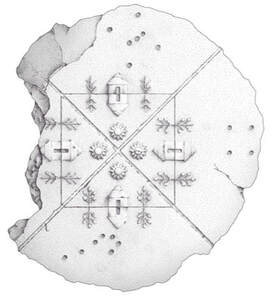

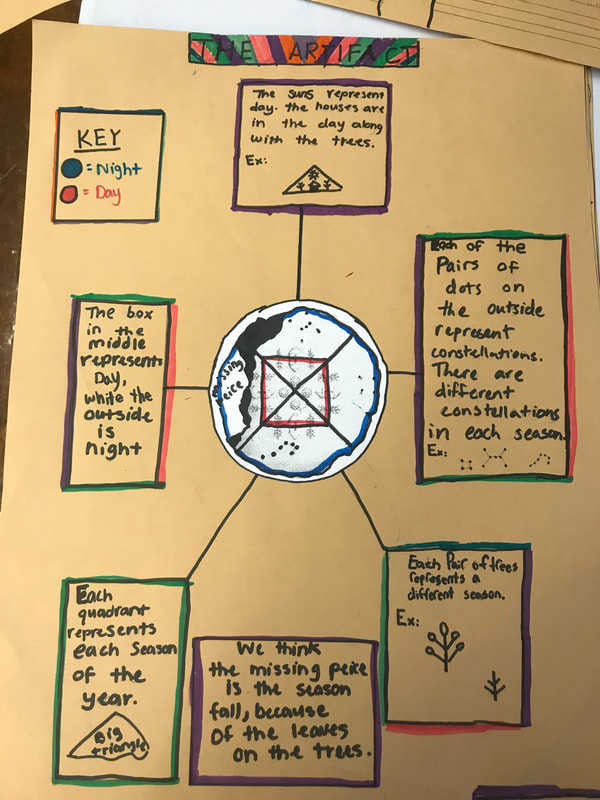
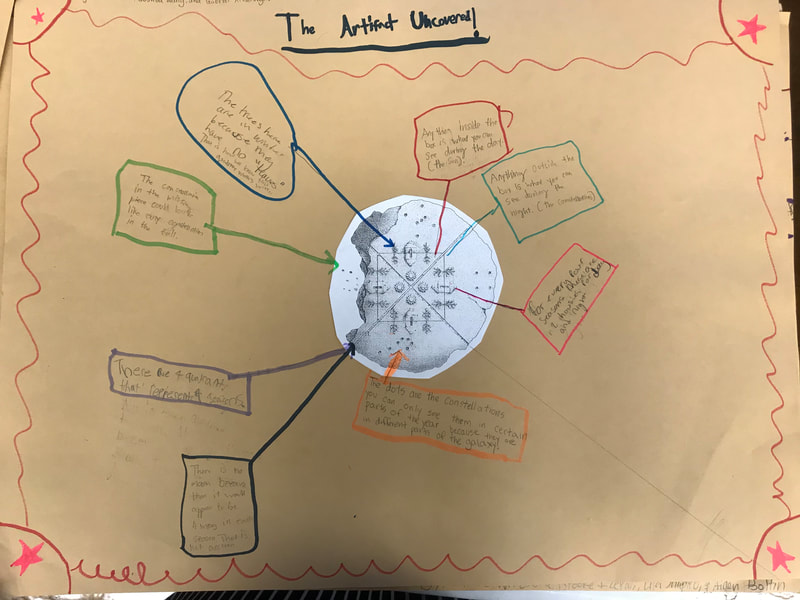
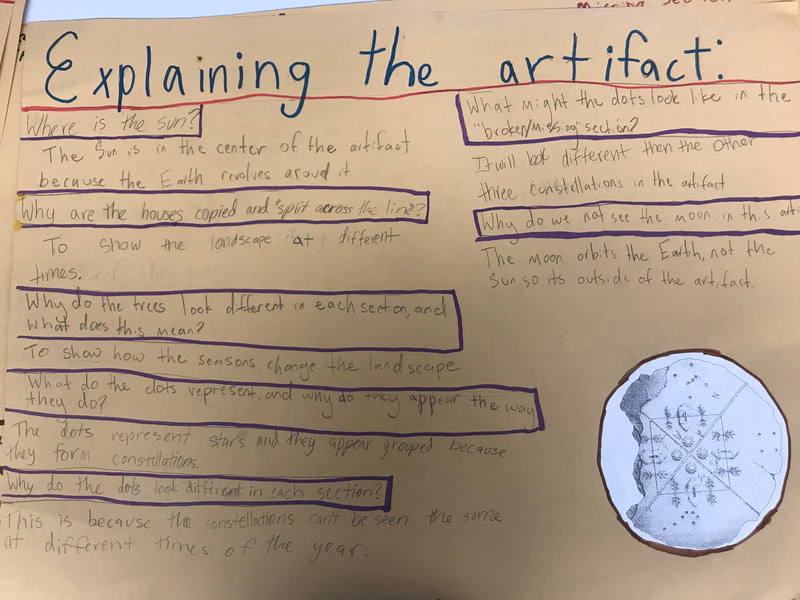
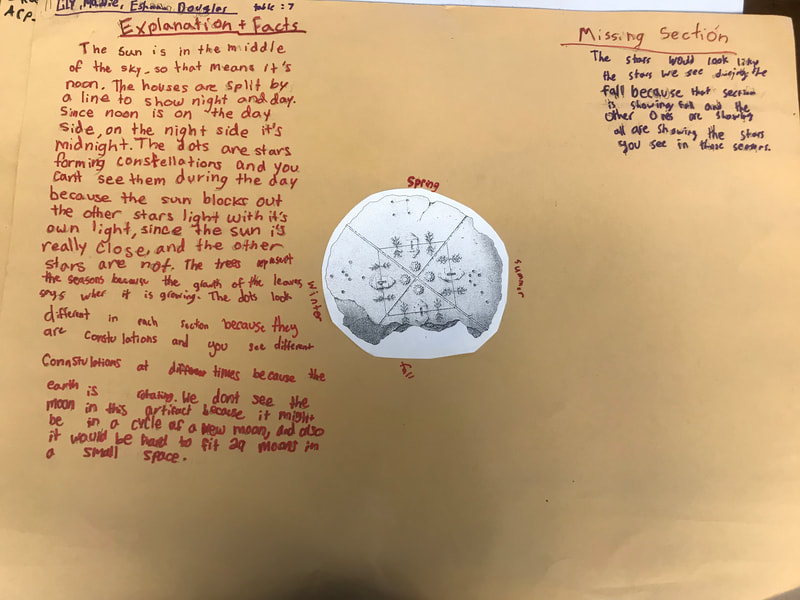

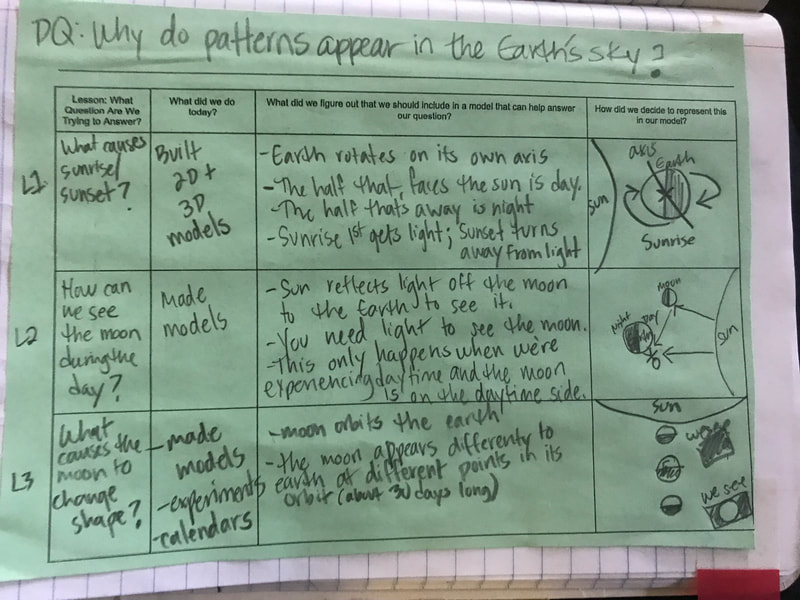
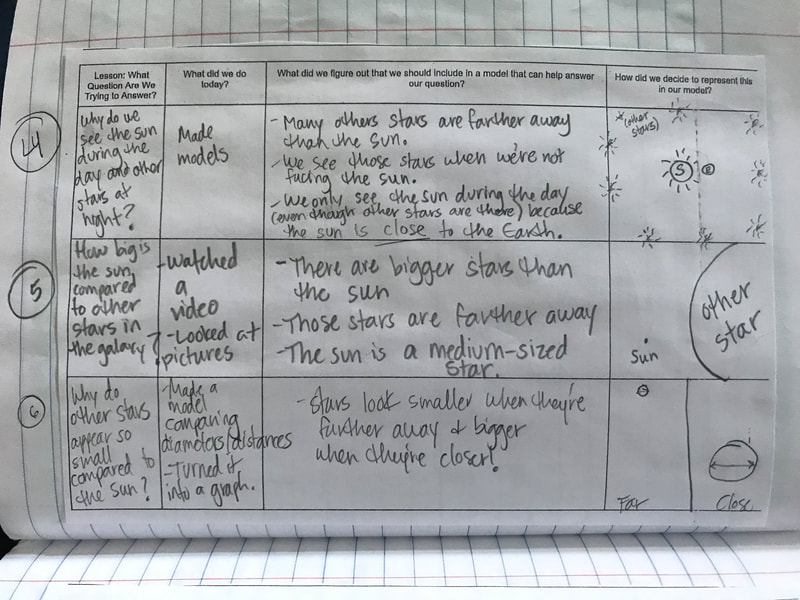
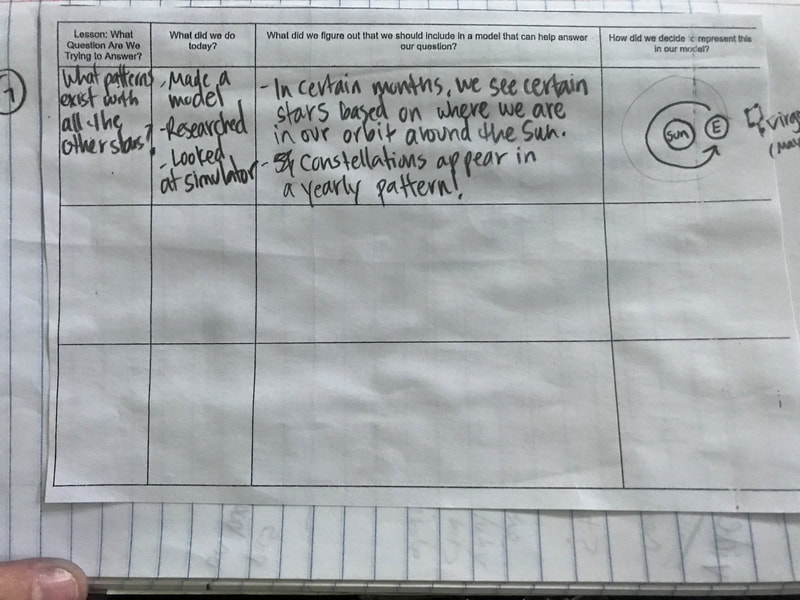

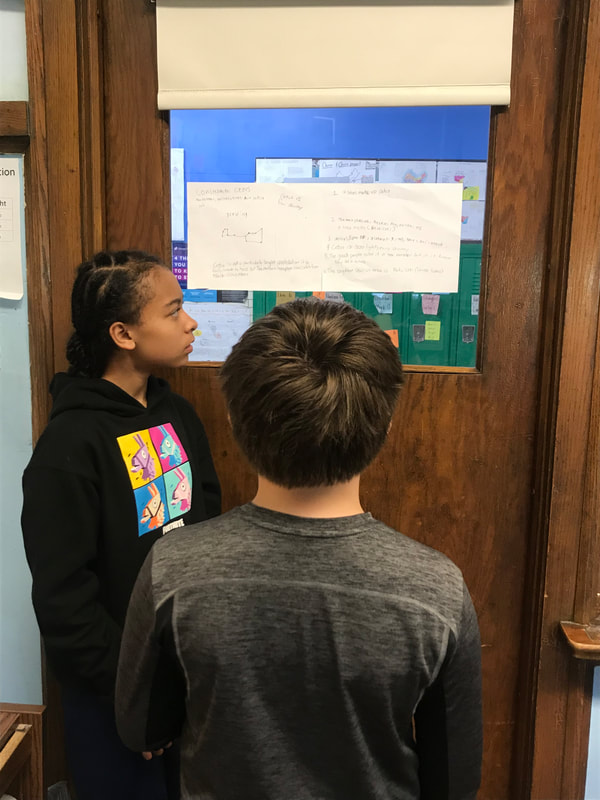

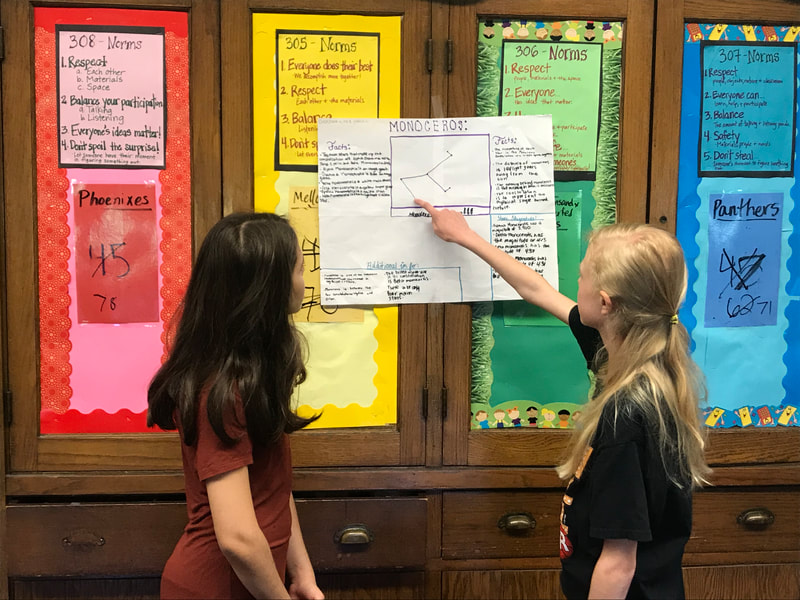
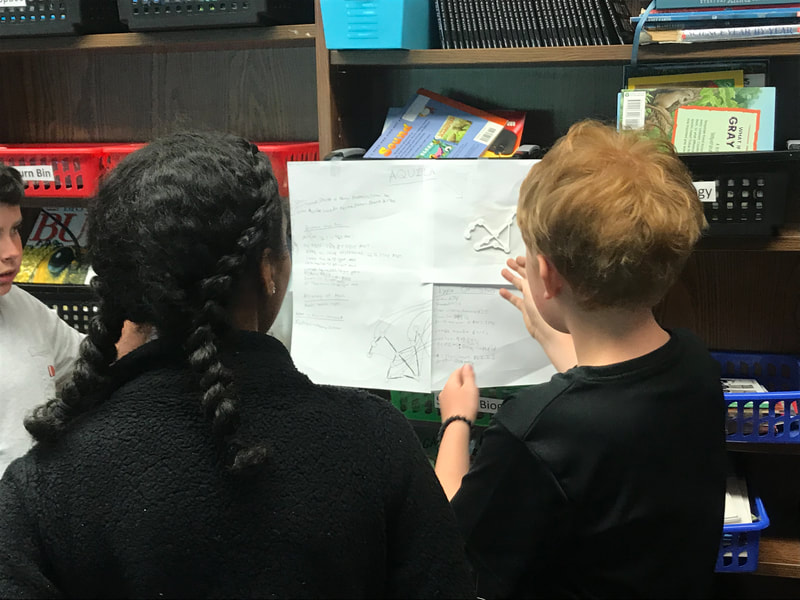
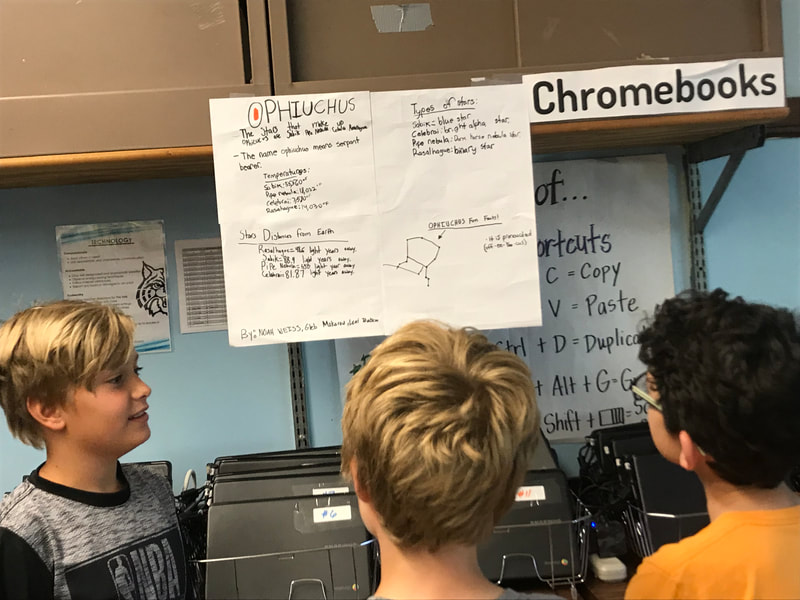

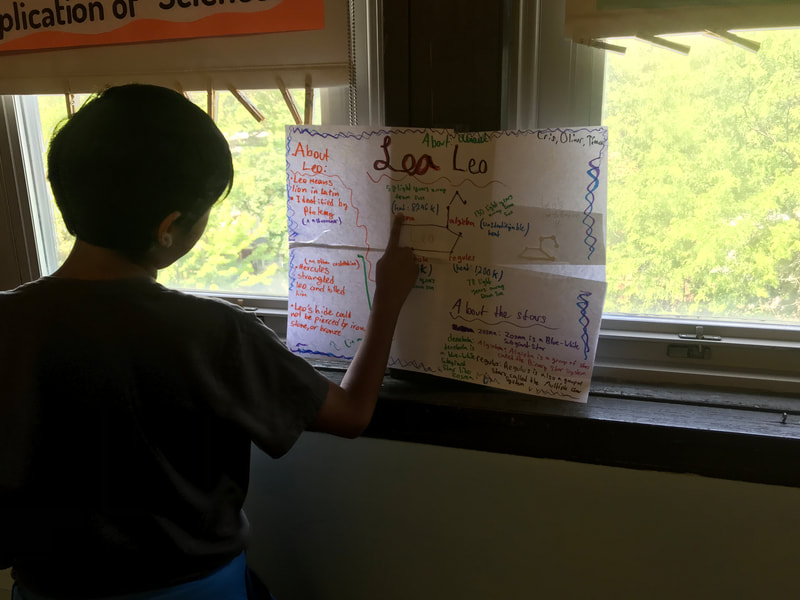
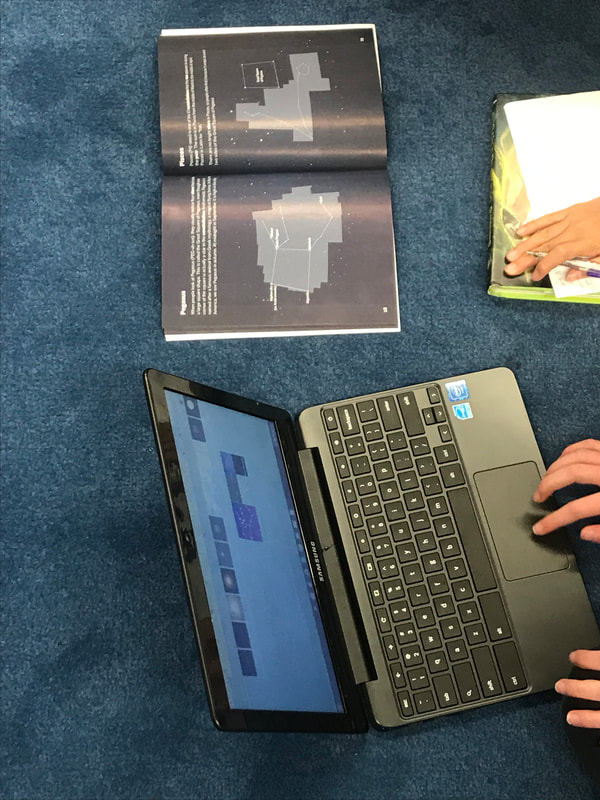
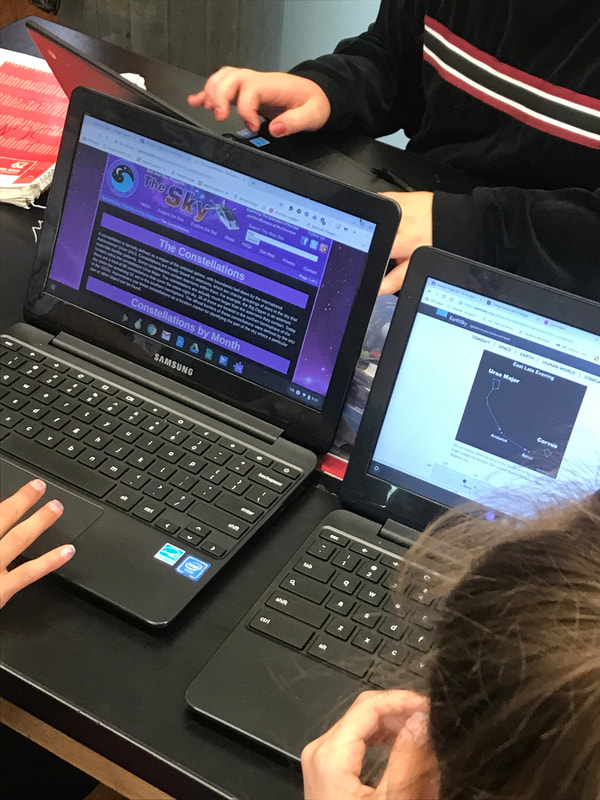
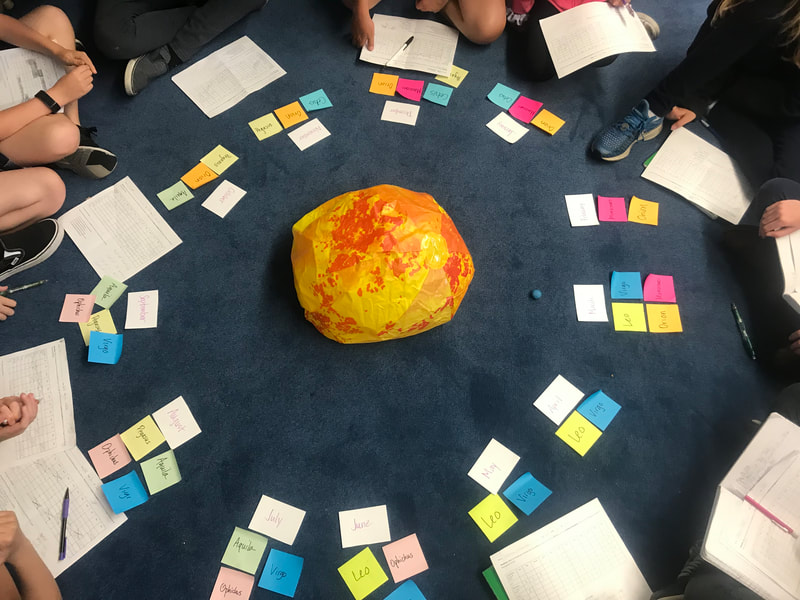
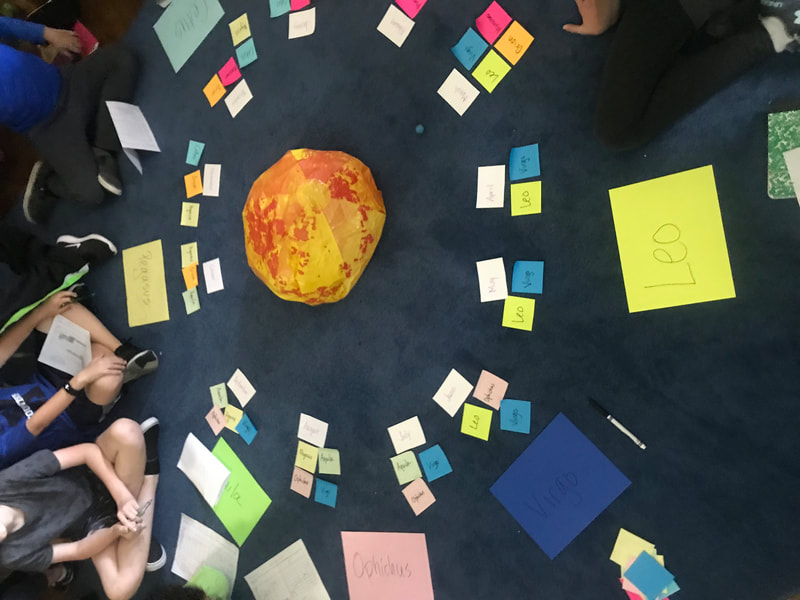
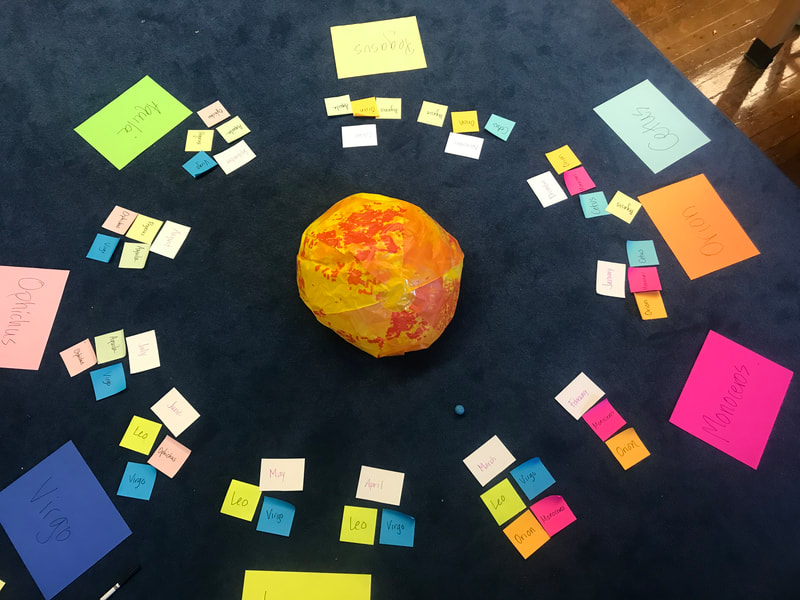
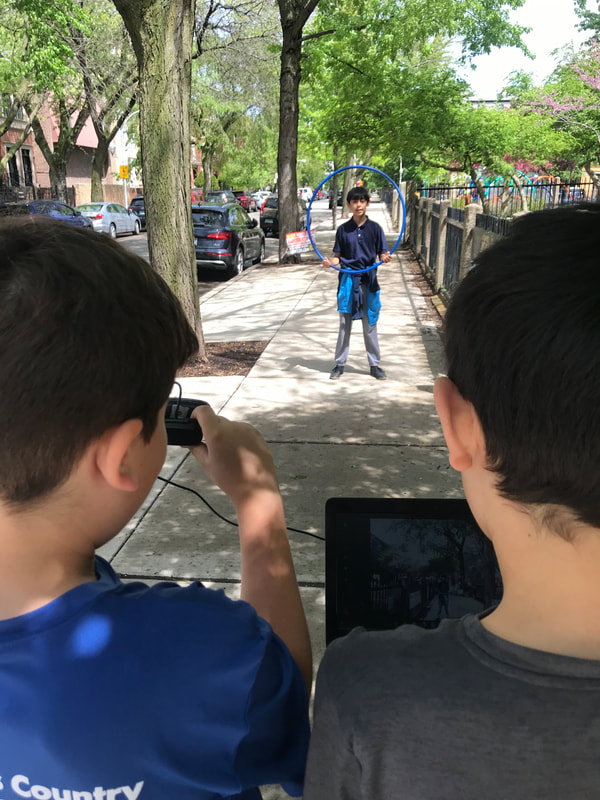
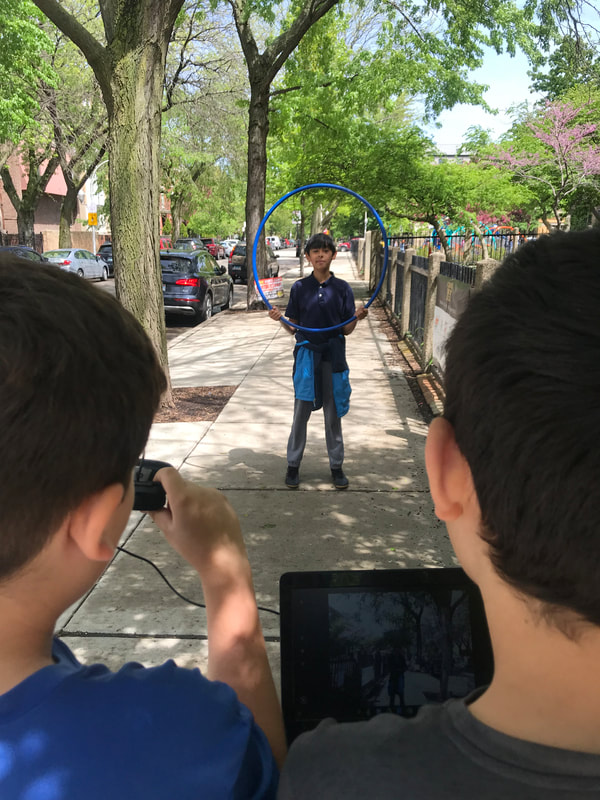
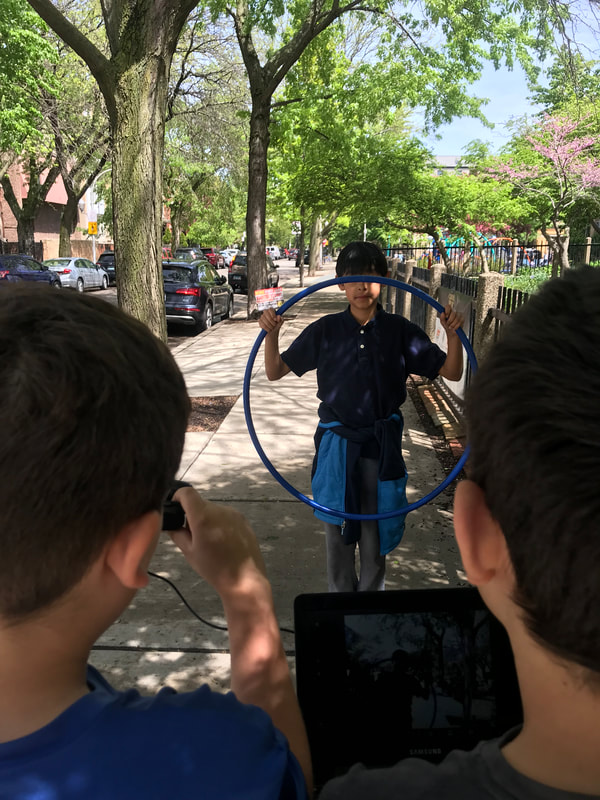
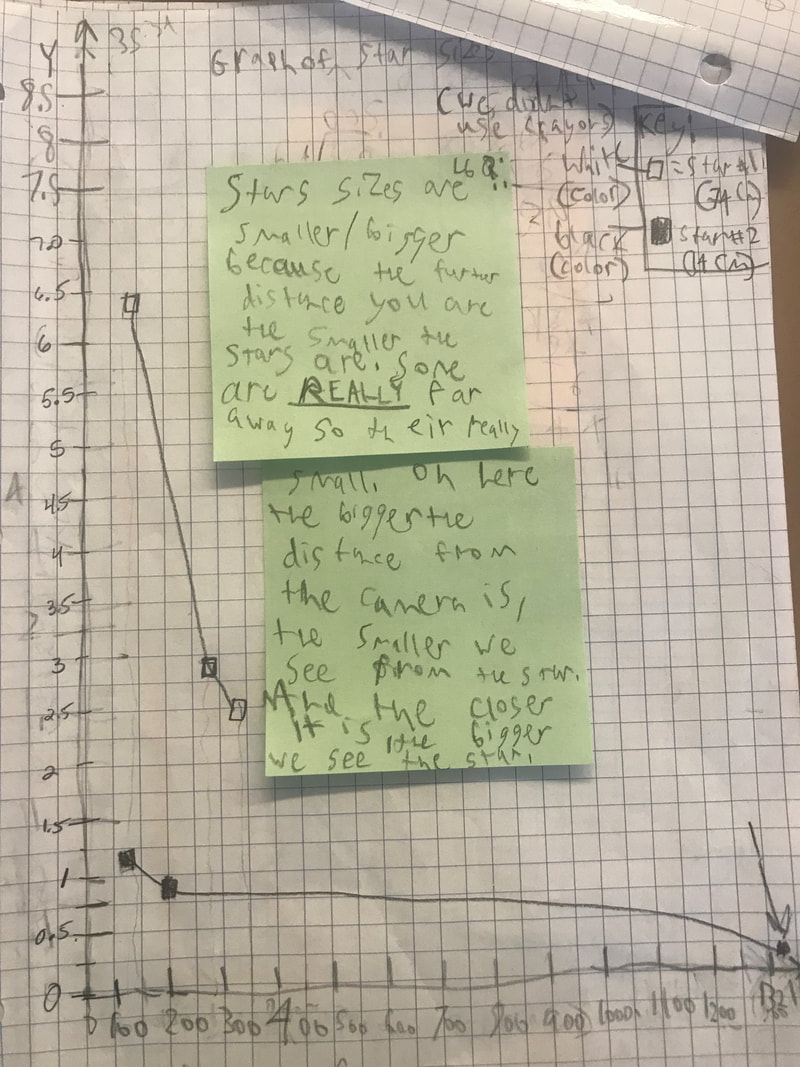
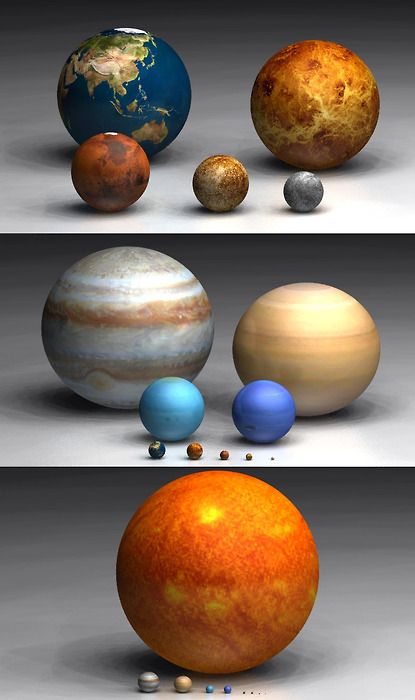
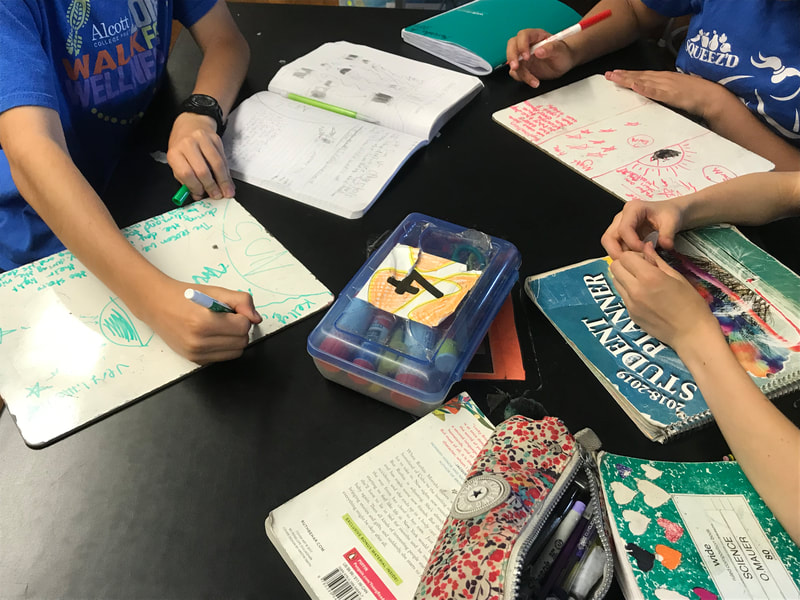
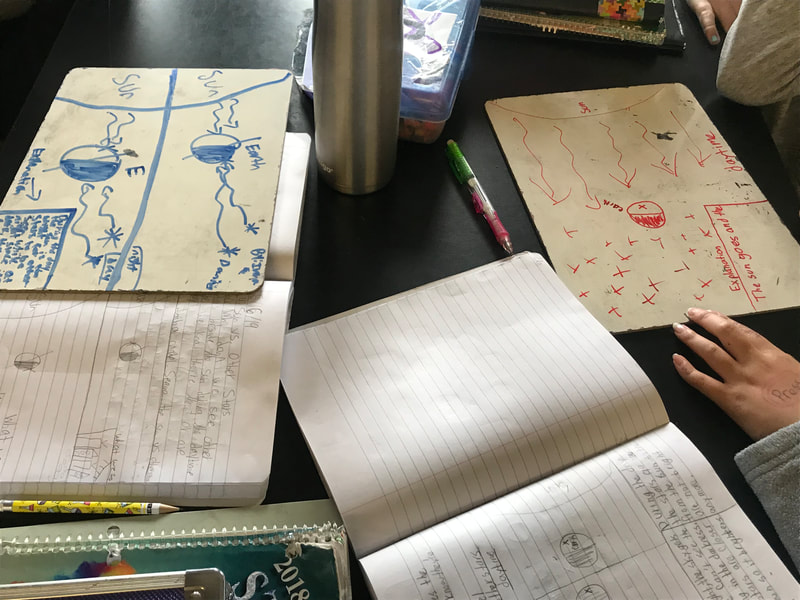
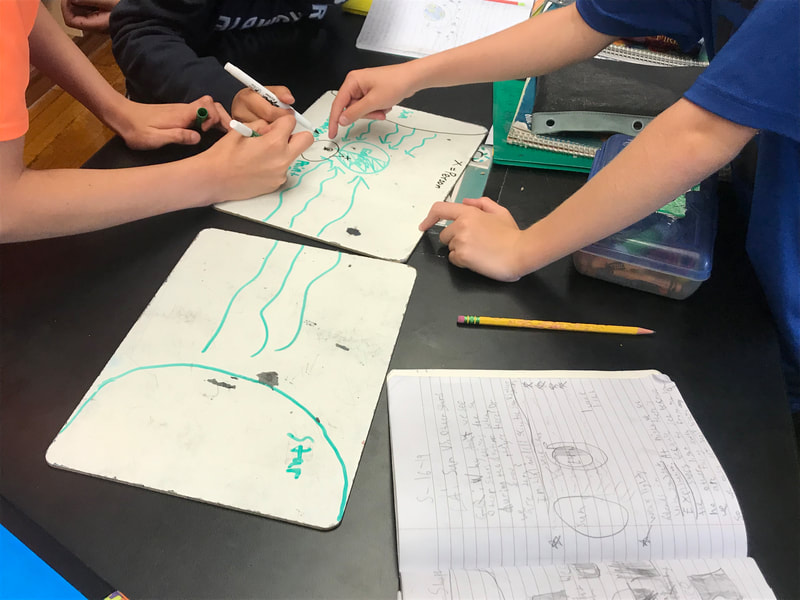
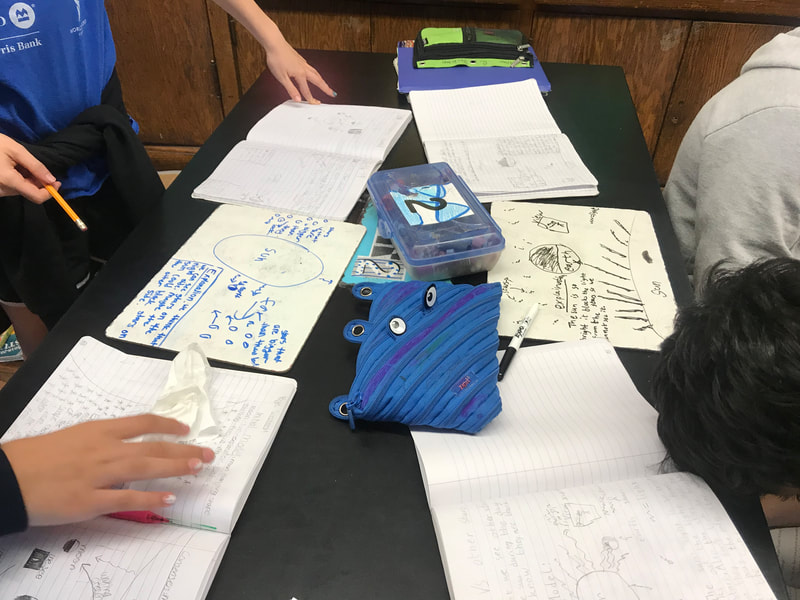
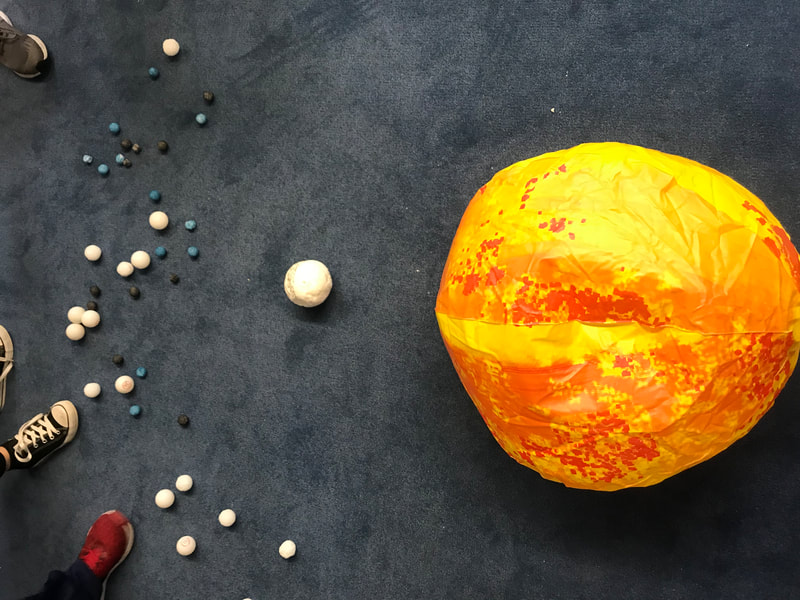
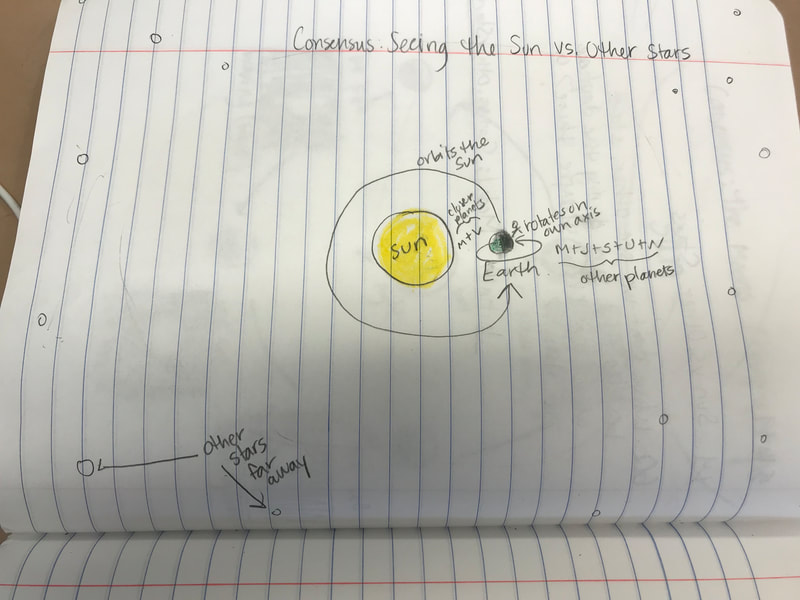

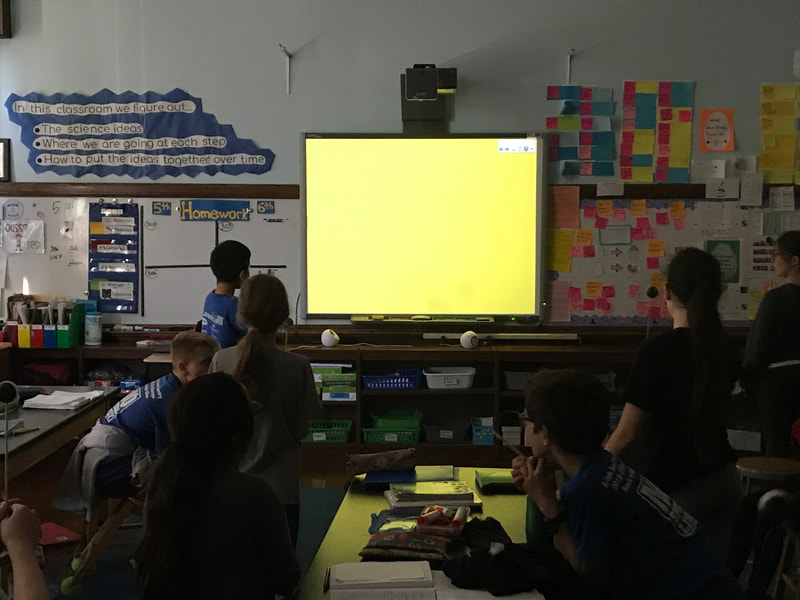
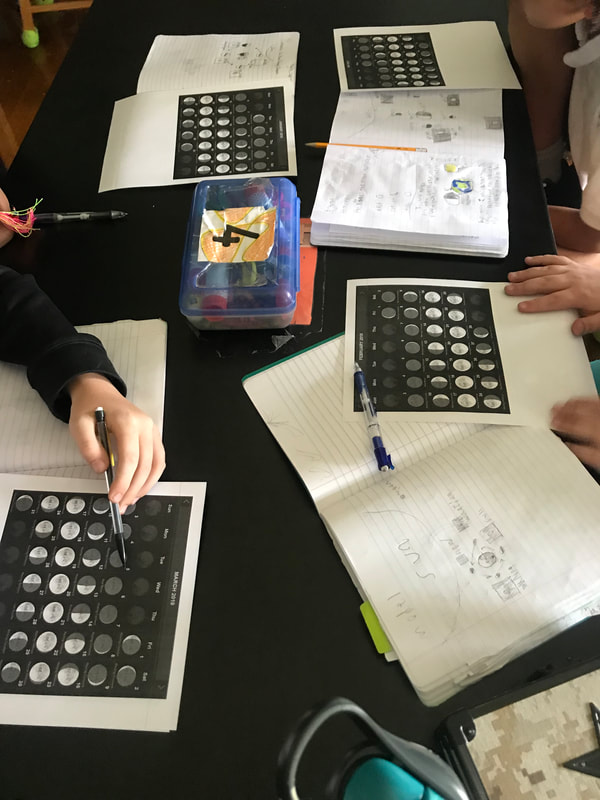
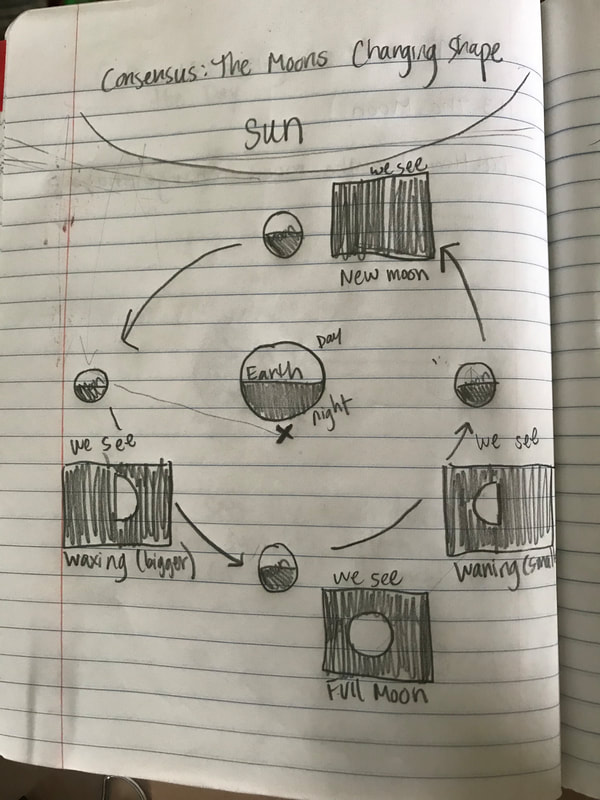
 RSS Feed
RSS Feed